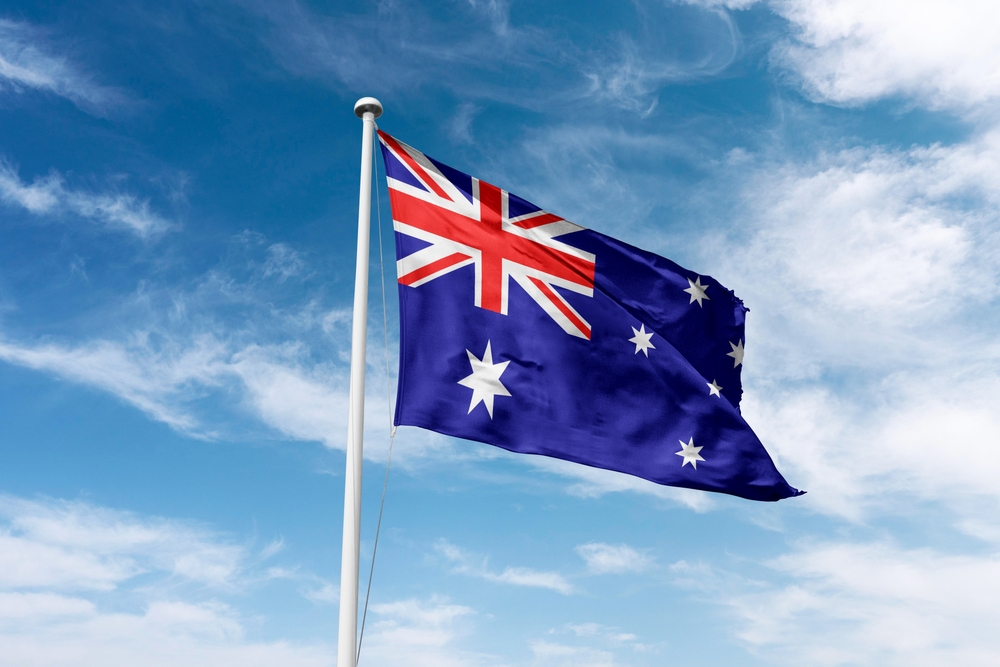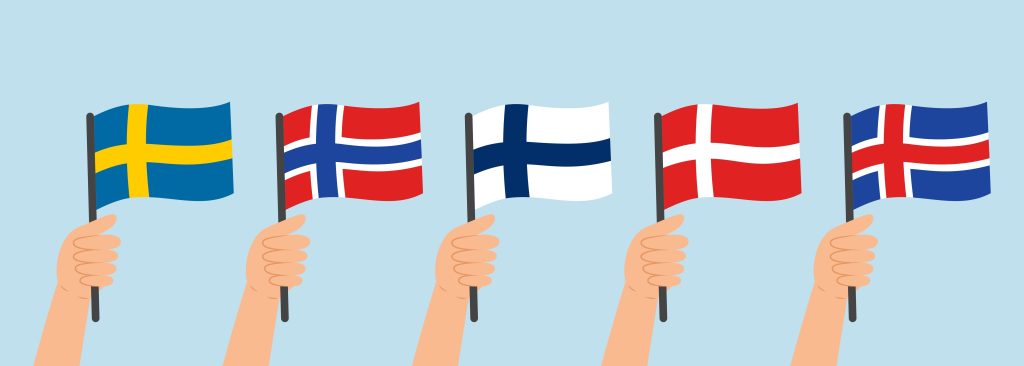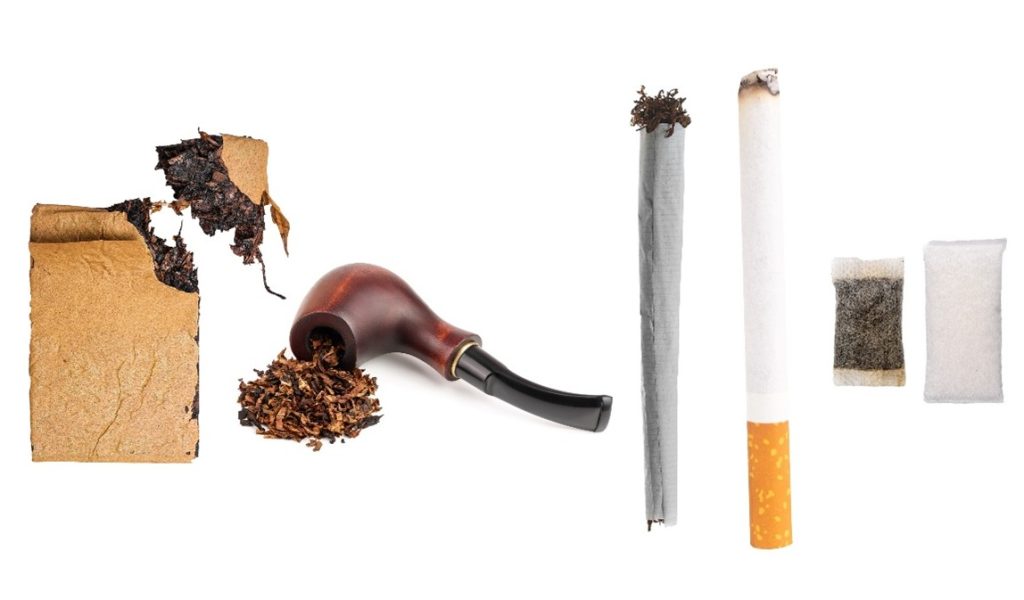Australia: A Cautionary Example – When Good Intentions in Tobacco Control Become Counterproductive
30th Jun 2025

Australia is regarded by many as a role model in tobacco control, with sharply declining smoking rates and ambitious public health goals. However, the country’s recent strategic shift has sparked both national and international criticism. Dramatically increased tobacco taxes and a total ban on vapes have resulted in a range of negative consequences, including a growing black market, violence and an increase in organised crime.
The Australian experience clearly demonstrates that an overly repressive approach can not only undermine its own objectives but also create entirely new social problems.
“Australia is a very clear example that good intentions alone are not enough. Public health policy must also be adapted to reality,” says Markus Lindblad, Head of Communications at Pouch Patrol, and continues:
“Through a harm reduction strategy, we can combat deadly smoking while maintaining control over the quality of nicotine products via a regulated market, ultimately ensuring consumer safety. It is a proven method that more countries should adopt.”
The Black Market: A Danger to Australian Consumers
Between 2019 and 2023, daily smoking in Australia decreased from 11.6% to 8.8%. But during the same period, the illegal trade in tobacco and nicotine products exploded. Today, nicotine is the second largest illegal drug market in the country, surpassed only by cannabis. Since 2023, more than 200 arson attacks linked to the sale of illegal nicotine products have been reported, along with kidnappings, robberies and threats directed at both shop staff and ordinary citizens.
To tackle this, the authorities have responded with harsher penalties and massive investments in customs and police. But instead of solving the problem, this is driving the market even deeper underground. Criminal groups are thriving – while consumers are exposed to products with no quality control or health safeguards.
High Prices and Prohibition: The Drivers Behind the Illegal Trade
Australia’s strategy is based on the idea that nicotine supply should be stopped through tough measures. But according to the WHO and Australia itself, high tobacco prices are a driver of illegal trade – and the country now has the world’s most expensive cigarettes. At the same time, vapes, which for many are a less harmful alternative to smoking, have become so strictly regulated that they can in practice only be obtained on prescription from pharmacies.
“This model is so complicated, expensive and restrictive that most people continue to turn to the black market,” says Markus Lindblad, and continues:
“This is something that France and other countries crying out for tougher regulations, flavour bans and restricted nicotine levels really ought to take into consideration.”
It is therefore not the demand for nicotine that has decreased – but the availability of legal, regulated alternatives. This creates fertile ground for both crime and health risks, directly contradicting the aim of the harm reduction approach: to reduce harm, rather than consumption at any cost.
A Better Way: Sweden and Harm Reduction as a Role Model
Where Australia tightens the screws, other countries – such as Sweden, New Zealand and the United Kingdom – show the way with harm reduction. In Sweden, the availability of snus, nicotine pouches and e-cigarettes has contributed to a record-low share of daily smokers (just over five per cent). Youth smoking is also at historically low levels. This has happened without bans or criminalisation – but with clear rules, quality assurance and information.
Markus Lindblad explains:
“Harm reduction is based on a pragmatic approach: we know that many people use nicotine, and we cannot punish the problem away. But we can offer safer alternatives, in regulated forms, thereby reducing smoking-related mortality and weakening the illegal trade.”
Conclusion: Learn from Mistakes – Choose a Path that Works
Australia has aimed to reduce smoking – and to some extent, it has succeeded. But the path taken has been marked by increased health risks, criminal violence, economic losses and social unrest. This shows that good intentions are not enough – strategies must also work in practice.
If we are to safeguard public health, protect society and support individuals in making healthier choices, we must dare to leave moralism behind. The Swedish experience, together with other countries that successfully apply harm reduction, shows that we can reduce smoking without creating new problems.
“European countries now stand at a crossroads, and it is vital that we dare to look at both what has worked and what has not turned out as intended. EU countries should therefore also look at the Australian experience, learn from it, and choose a path that truly moves us forward,” concludes Markus Lindblad.
Read the full study “Fanning the flame: analysing the emergence, implications and challenges of Australia’s de facto war on Nicotine” here.






